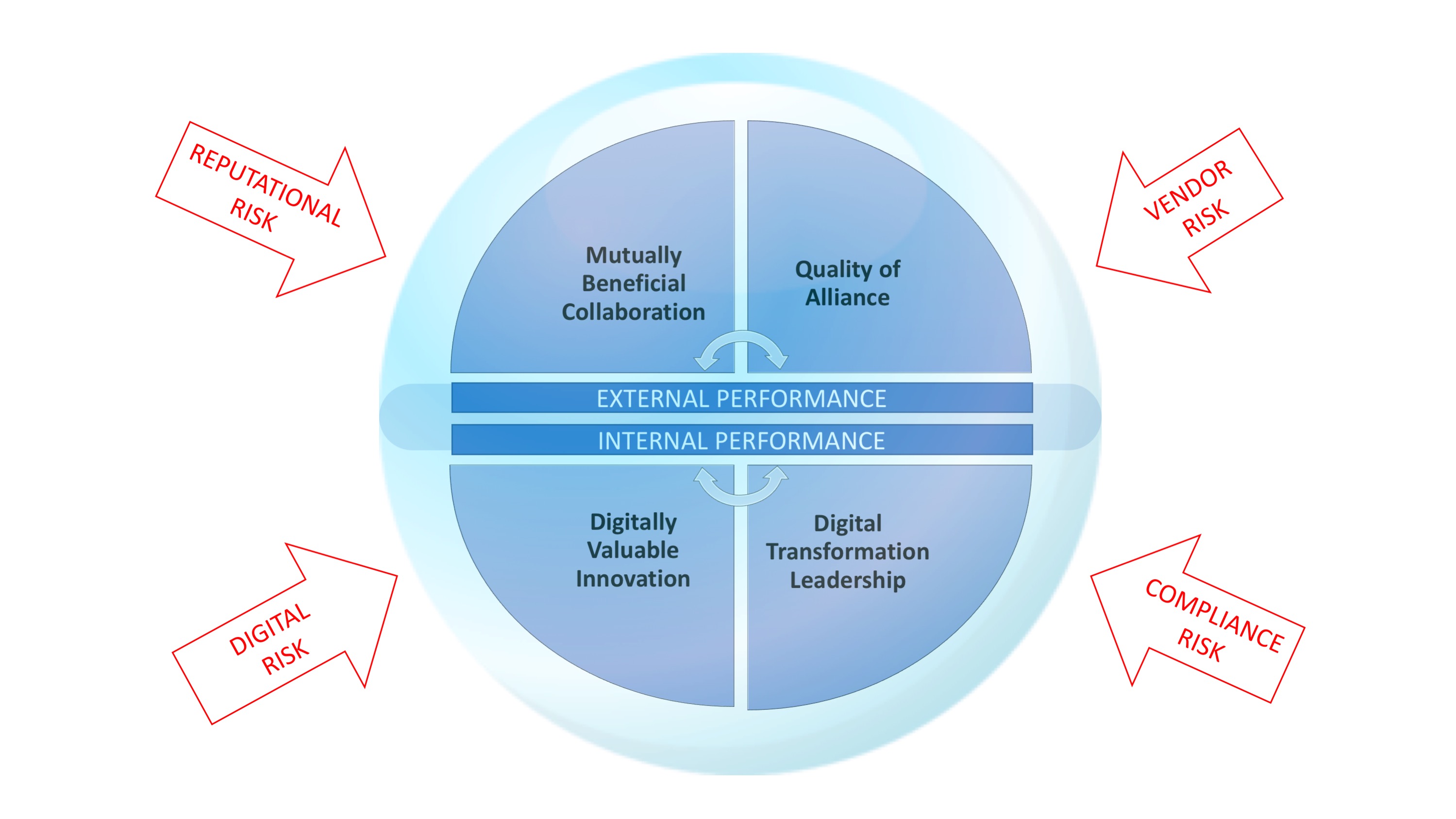More than USD 4.7 trillion is the potential total revenue of financial technology (fintech) startups globally according to Goldman Sachs. Unfortunately, this revenue is expected to be captured from traditional bank’s market. Consequently, this poses a significant threat for banks if not handled properly.
The banking industry is now facing a pivotal phase that has not been experienced for so many decades since its inception. This change was brought about by technology. Digital transformation of banks through partnership with fintech companies is one of the most viable strategy to adapt to this change. In fact, recent news about acquisition of fintech companies by a bank are just common in Europe, US and some developed countries in Asia. For instance, BankMobile was acquired for $175 million by Flagship, a community bank in Florida United Sates. In addition, BBVA, the largest bank in Spain and Mexico founded in 1857, pushed with fintech acquisition strategy by buying Openpay, a payment solution company. These are examples of banks’ strategy to create a larger digital presence and gear towards greater innovation. In the near future, I believe this will also be the scenario in the Philippines. With that in mind, there is a need for local banks to partner with fintechs to stay relevant.
Currently, bank and fintech partnership does not have framework or model as a guide. The mode of engagement will follow traditional approach.
From my engagement with different local fintech startups and from my action research in MBA of De La Salle University, I have developed a model on bank and fintech alliance. The framework is not a clear-cut method of engagement but rather a flexible way of dealing with the new players in the financial industry (See model). Fintechs are new players that will require a new form of handling. By using this, I believe banks will be able to establish the factors that will lead to a successful partnership with fintechs.

Bank and Fintech Partnership Model
Banks need to enhance their Internal and External Performances so that it can effectively partner with fintech companies. Internal performances focus on improving the competencies of employees and the operational processes while External performances emphasize on
The model has four performance factors that ensures a high probability of successful partnership. The first two factors are Mutually Beneficial Collaboration and Quality of Alliance on the External Performance side. Mutually beneficial collaboration dictates the level of openness in sharing of strengths and resources of banks and fintechs. Benefits and disadvantages from bank and fintech startup should be agreed from the onset of the collaboration so that they can determine the mutual welfares they can seize in the partnership. Quality of Alliance, on the other hand, depends on trust and commitment from the parties involved. Loss of trust and poor management of conflict are the usual reasons for weak quality of partnership that will eventually lead to a fall out.
The other two performance factors are Digitally Valuable Innovation and Digital Transformation Leadership on the Internal Performance side. Digitally valuable innovation drives the partnership of banks and fintechs in order to create a synergistic value that can improve their processes and customer interaction. Digital Transformation Leadership, on the other hand, should be practiced as an enabler of innovation. This leadership performance encompasses all levels in the organization to break the layers of bureaucracy in traditional banks. Since leadership should not be based on individual’s title, Digital transformation leadership should be imbibed by all employees as a culture and not just a corporate mandate.
The four performance factors should be the springboard of banks to foster a successful partnership with fintech startups. But there are risk factors that affect the desired alliance. The risks should be addressed in order to maximize the effects of these performance factors.
There are four risks that were observed to significantly affect bank and fintech partnerships. They were determined through my actual engagements with them and through the 2016 EY study entitled “Managing change and risk in the age of digital transformation”.
The external performance side of the model has two dominant risks affecting it. The first is Vendor risk. It emanates from fintech’s minimal or lack of organizational controls to abide with regulations. The second is Reputational risk which will be affecting banks and fintechs potently in social media where a mere unhappy customer may voice out their uncensored complaints reaching multitude of audiences.
Similarly, on the internal performance side of the model there are two major risks. First, Digital risk is intensified by threats in cybersecurity and technology outages that may weakened the reliability of banks to provide a secured service. Second, Compliance risk in fintech partnerships will greatly affect banks which are very keen on conforming with the rules set by regulators.
The challenges and risks that banks and fintechs encounter while finding amicable and mutual collaboration should be dealt with accordingly to enhance the alliance.
Local banks should forge alliance with fintechs even if it means charting on unfamiliar territory. They can leverage from fintech’s agile methodology and create their own internal capabilities to cope up digitally. My formulated framework on bank and fintech partnership can be a valuable tool to help in this venture.